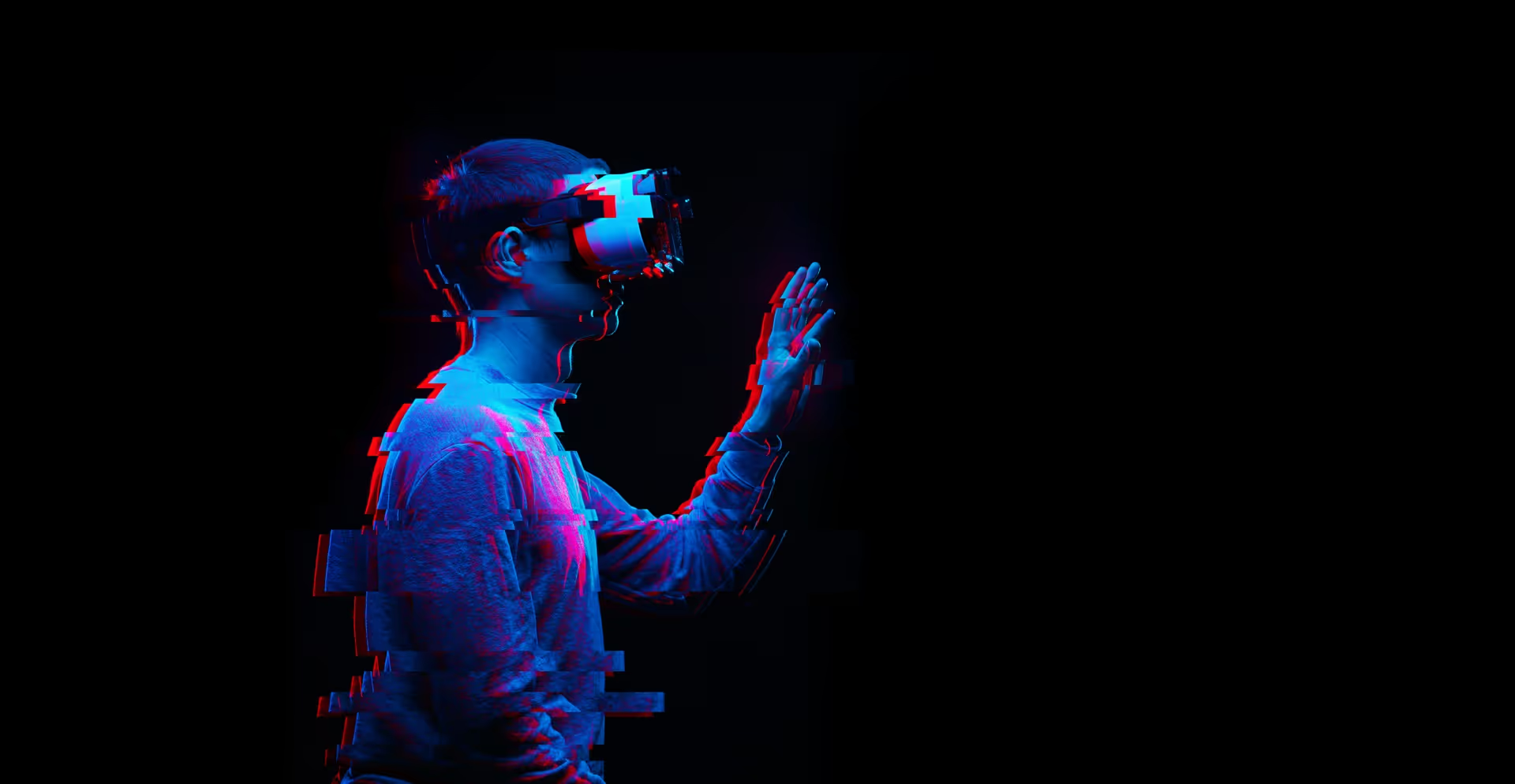AI is one of the most exciting areas of innovation, particularly for start-ups and spin-outs. It is vital to protect. A patent can provide strong, tangible protection for your key technologies, allowing you to secure your valuation and attract investment. A few of the most common questions about patenting AI are answered below.
Aren't software and algorithms unpatentable?
There is a misconception that AI and other software-based inventions can’t be patented in the UK and Europe. This may stem from an overly literal meaning of the UK’s governing legislation for patents, and the corresponding harmonised provisions of the European Patent Convention. Section 2 of the UK Patents Act states that patentable inventions cannot consist of “a mathematical method” or “a program for a computer”… “as such”. Since software generally consists of algorithms (mathematical methods) encoded in computer code, surely they would be excluded?
Not so! The key words here are “as such”. An invention involving software, algorithms, or AI can be patented by taking a wider view of what the invention is for. In other words, you can patent an invention as the solution to a particular technical problem.
Imagine you have developed an AI-trained algorithm for detecting the ripeness off fruit, by classifying images of the fruit. The algorithm by itself is may be an unpatentable mathematical method, as may be a computer program implementing the algorithm. However, a method for detecting fruit ripeness, using the algorithm, is entirely patentable.
How much information do I need to disclose about my AI?
Any patent must be “enabling” - that is, it must provide sufficient detail to allow a skilled reader to make a working version of the claimed invention. At the same time, you may wish to minimise disclosure of valuable, commercially sensitive technical information. The degree of information which must be disclosed for an AI invention depends on the type of AI used, and how it is trained.
AI models can broadly be divided into two types: static, and dynamic.
Static AI is trained offline, meaning that the model is trained to a final version and then used as-is. It uses heuristics, which are static, fixed rules governing decision making.
Dynamic AI, by contrast, is trained online, meaning that data is continually entering the system and is incorporated into the model through continuous updates. The AI continues to learn over time, analysing and evaluating its input data to improve its own decision rules.
Patenting a static AI - based invention may not require describing the training method in particular detail, or indeed at all. Only the final version of the model needs to be disclosed in the patent. The final heuristics or parameters characterising the model can be identified by a range rather than an exact number. You may not need to explain how those parameters were found (i.e., the training method and training set). In fact, for a static AI you may not need to disclose that the model was trained using machine learning methods at all - since the model could plausibly have been developed using standard linear regression methods.
Patenting a dynamic AI - based invention is likely to involve disclosing more details about how the AI model works, and in particular, how it learns. The patent may need to explain how the model incorporates data and trains itself. You may also need to explain what training data was used to train the dynamic AI model, in order to arrive at the production model.
This article forms part of our AI Hub, which you can access here.
Potter Clarkson’s specialist electronics and communications team includes a number of attorneys with extensive experience in software, and AI inventions. If we can help you with an issue relating to the protection and commercialisation of innovation in any area artificial intelligence, please get in touch.























%203.jpg)

%20provider.jpg)
.jpg)
%20(1).jpg)